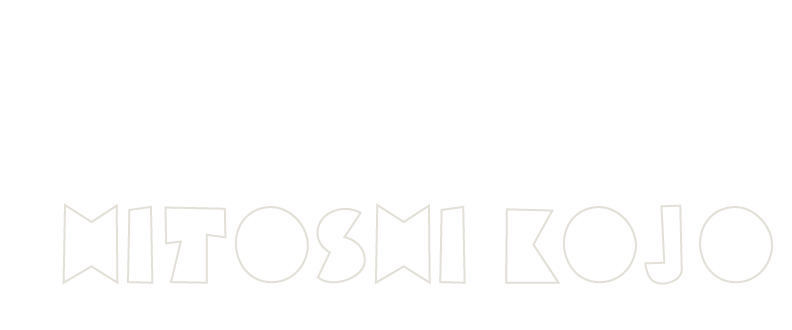
|
HITOSHI KOJO
A Japanese artist living in Brussels.
Emerging from a background of visual work and music created throughout the 1980s and early 1990s, he turned in the latter part of that decade toward a more elemental form of composition. Stones, plants, wind-touched branches, and fragments of the everyday—objects encountered by intuition rather than intention—became instruments in his hands. Their recordings are gently tuned so they may resonate together, sometimes meeting the tones of traditional instruments or the grain of the human voice. Yet within the temporal unfolding of each piece, no sound is given precedence; every element is left open, equal, and allowed to breathe. This ethos continues in his occasional performances and installations, where form arises without hierarchy.
Many of his recordings appear on his own label—formerly Octpia, now omnimemento—often housed in handmade packaging crafted with the same quiet attention as the works themselves. Under the alias Spiracle, his earlier pieces were released on labels such as Drone Records, Mystery Sea, taâlem, and the Helen Scarsdale Agency. Since moving to Europe in 2004, he has collaborated with artists including Michael Northam, John Grzinich, Yannick Dauby, Emmanuel Holterbach, Jonathan Coleclough, Colin Potter and Andrew Chalk. In 2020, he began releasing works under the name sonomono that capture sound in its unadorned, immediate presence.
In recent years, his practice has expanded to photography. Using silver-halide film, he creates multiple-exposure images in which landscapes, people, and natural objects overlap like layers of time—subtle traces of presence suspended within light.
|



